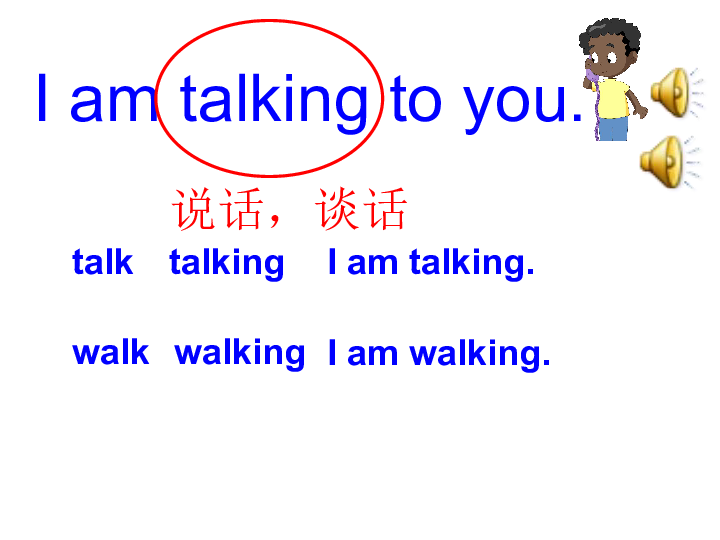What is a Federal Subsidized Direct Loan: Your Ultimate Guide to Affordable Education Financing
Guide or Summary:What is a Federal Subsidized Direct Loan?Eligibility RequirementsLoan Limits and TermsBenefits of Federal Subsidized Direct LoansHow to App……
Guide or Summary:
- What is a Federal Subsidized Direct Loan?
- Eligibility Requirements
- Loan Limits and Terms
- Benefits of Federal Subsidized Direct Loans
- How to Apply for a Federal Subsidized Direct Loan
Are you considering furthering your education but feeling overwhelmed by the costs? If so, understanding what a federal subsidized direct loan is could be your key to unlocking affordable financing for your academic journey. In this comprehensive guide, we will delve into the details of federal subsidized direct loans, how they work, their benefits, and how you can apply for one.
What is a Federal Subsidized Direct Loan?
A federal subsidized direct loan is a type of financial aid offered by the U.S. Department of Education to help students pay for college. Unlike private loans, these loans are designed specifically for students with demonstrated financial need. The term "subsidized" refers to the fact that the government pays the interest on the loan while the student is enrolled in school at least half-time, during the grace period, and during any deferment periods. This means that you can focus on your studies without the burden of accumulating interest.

Eligibility Requirements
To qualify for a federal subsidized direct loan, you must meet certain eligibility criteria. First and foremost, you need to complete the Free Application for Federal Student Aid (FAFSA). This form helps determine your financial need based on your family’s income and other factors. Additionally, you must be a U.S. citizen or an eligible non-citizen, and you must be enrolled or accepted for enrollment in an eligible degree or certificate program at a college or university.
Loan Limits and Terms
Federal subsidized direct loans come with specific borrowing limits that depend on your year in school and your dependency status. For instance, first-year undergraduate students can borrow up to $3,500, while second-year students can borrow up to $4,500. Graduate students are not eligible for subsidized loans, but they can apply for unsubsidized loans. The repayment terms typically span 10 years, and you can choose to extend this period under certain circumstances.

Benefits of Federal Subsidized Direct Loans
One of the most significant advantages of federal subsidized direct loans is the interest subsidy provided by the government. This feature can save you a substantial amount of money over the life of the loan. Additionally, these loans offer flexible repayment options, including income-driven repayment plans that adjust your monthly payments based on your income. Furthermore, federal loans come with borrower protections, such as deferment and forbearance options, in case you face financial difficulties after graduation.
How to Apply for a Federal Subsidized Direct Loan
Applying for a federal subsidized direct loan is a straightforward process. Start by completing the FAFSA, which opens each year on October 1. Make sure to submit your application as early as possible to maximize your chances of receiving aid. Once your FAFSA is processed, you will receive a Student Aid Report (SAR) that outlines your eligibility for federal loans. Your school’s financial aid office will then provide you with a financial aid package, which may include a federal subsidized direct loan.

Understanding what a federal subsidized direct loan is can empower you to make informed decisions about financing your education. With its attractive benefits, such as interest subsidies and flexible repayment options, this loan can be an excellent choice for students seeking affordable education financing. If you’re ready to take the next step in your academic journey, consider applying for a federal subsidized direct loan today. Your future self will thank you!